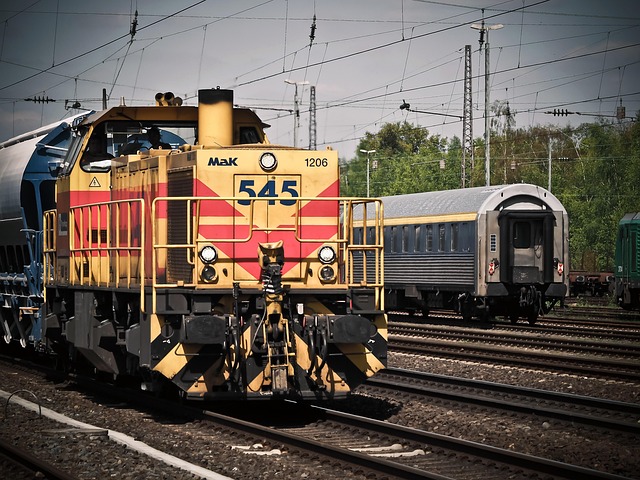In an era where the urgency of climate action is more pressing than ever, the need for sustainable transport solutions has never been clearer. Among the various modes of transport, rail freight transport stands out as a beacon of hope in our collective journey toward reducing emissions and mitigating the impacts of climate change.
The environmental benefits of rail freight transport are profound. Trains are inherently more energy-efficient than road transport, moving a significant amount of cargo over long distances while producing fewer greenhouse gas emissions. According to studies, moving goods by rail can reduce emissions by up to 75% compared to trucking. This impressive statistic illustrates just how powerful rail freight transport can be in our fight against climate change.
One of the pivotal advantages of rail freight is its ability to reduce congestion on our roadways. By shifting more freight traffic to rail, we can alleviate the pressure on highways, leading to decreased traffic jams and lower air pollution in urban areas. Happier commuters and cleaner air can create a potent ripple effect, improving the quality of life for city dwellers who are often on the front lines of air quality issues.
Beyond the local environment, rail freight transport plays an essential role in the broader context of climate change. As nations strive to meet internationally agreed-upon climate targets, updating and investing in rail infrastructure can significantly contribute to national emissions reduction goals. Governments are beginning to recognize this potential, with policies and incentives being introduced to encourage a shift toward more sustainable logistics options.
In addition to offering reduced emissions, using rail freight also promotes a circular economy. With the rise of e-commerce, companies are increasingly integrating sustainable practices into their logistics chains. By utilizing rail freight transport, businesses can ensure that their operations are not only efficient but also eco-friendly, aligning competitiveness with a commitment to environmental stewardship.
Yet, for rail freight to fulfill its potential as a sustainable alternative, investments in infrastructure and technology are crucial. Innovations such as electrified rail lines and automation can enhance the efficiency and appeal of rail logistics, making it an even more attractive option for businesses aiming to reduce their carbon footprint. Investing in modern rail systems not only benefits the environment but also stimulates economic growth through the creation of jobs in construction, manufacturing, and operations.
As individuals, we can also champion rail freight transport by supporting policies that promote sustainable transport solutions. Advocacy for increased investment in rail infrastructure, as well as educating ourselves and others about the benefits of choosing rail over road, can help shift public perception and demand for greener transport options.
Ultimately, rail freight transport embodies a critical solution in our global endeavor to combat climate change. As we move towards a more sustainable future, it is imperative that we recognize and harness the power of rail to transform the way we think about freight transport, leading to reduced emissions and a healthier planet for generations to come.



